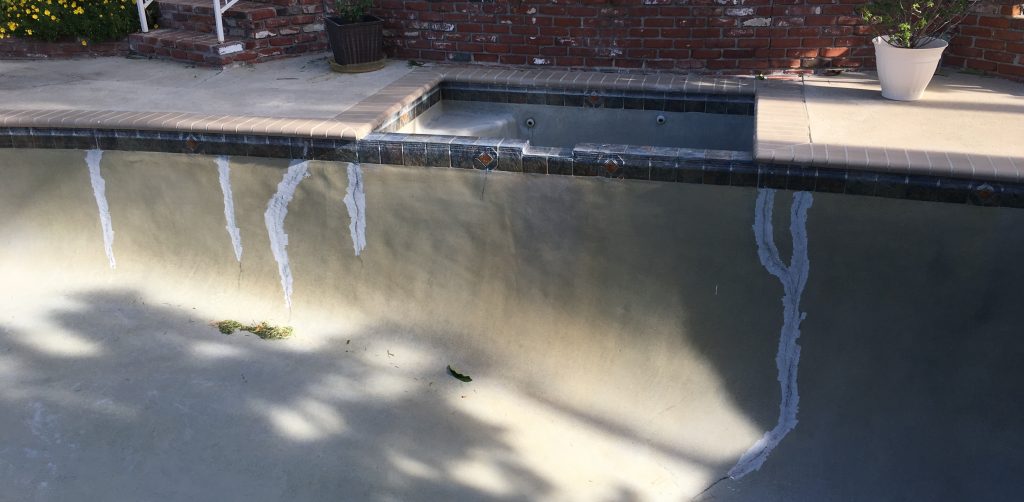

Whether the previous plaster choice was not your style or the surface and water chemistry were not properly maintained, aesthetic appeal is the final reason to resurface your pool.

DO YOU LIKE THE CURRENT LOOK OF YOUR POOL? It also provides a non-slip surface, which is essential for ensuring the safety of your family and guests. Additionally, plaster is a versatile material that can be customized to match any design or style preference. It can withstand the elements, chemicals, and everyday wear and tear that comes with pool maintenance. Plaster is a cost-effective option that is durable and long-lasting. Not only does it offer a smooth and sleek surface for your pool, but it also has a variety of benefits. Benefits of Plaster FinishĪt Select Pool Services, we highly recommend using a plaster finish for your pool in many instances. Our typical method of “start-up” (care for the first several days of plaster life) allows for a smooth-but-not-slick surface designed to add years of life to the plaster and make for a comfortable swim experience. When the pain on the feet is unbearable, it may be time to consider re-plastering. IS YOUR SURFACE SO ROUGH THAT IT HURTS SWIMMERS’ FEET?Īs plaster ages, or because of improper chemistry, its surface becomes rough via etching or scaling. If you are experiencing either water loss or delamination, we can recommend a course of action suitable for your specific situation. We use the plaster manufacturers’ recommended product and procedure for preparation, which usually protects against delamination. This occurs because of inadequate preparation prior to resurfacing. Delamination is an industry term that simply means the plaster is separating from the surface beneath it. If your pool is losing water from somewhere other than plumbing, resurfacing may be a viable solution combined with other work. Also, water can leak through many of the penetration points around a pool (pool return inlets, light fixtures, etc). We will make recommendations regarding cracks on a case-by-case basis. First, cracks in a swimming pool structure can show up through the plaster surface. Water loss can occur based on any number of problems, but in this case, let us focus on a few specific issues. DO YOU EXPERIENCE WATER LOSS OR SEE AREAS OF DELAMINATION? Three questions will help you make the important decision to replaster your Dallas, Plano, or Frisco pool. REASONS TO RE-PLASTER:Ī standard question customers ask is, “How do I know when it is time to re-plaster my pool?” The answer is both subjective and objective. When applied properly, and barring underlying structural problems, plaster provides a barrier between the structure of the pool and the water in which you swim. It comes in several forms and a multitude of color choices. Delaminating – The division of layers or lack of a sufficient bond between the plaster and the shell. Affordable Swimming Pool Plaster Repair Service in Dallas, Plano, & Frisco, TXįor gunite or concrete pools, plaster is the most desirable finish.
Swimming pool plaster repair services crack#
Structural cracks – A crack running more than a linear foot or two, running the width or length of the pool or segmenting an entire section of the pool is potentially a structural crack.Non-structural cracks – A crack in the interior surface layer.Crazing – A network of spider-like cracks appearing in concrete caused by the contraction of the surface layer during the curing process.Along with pool plaster repair and remarcite, Z&Z Pools provides deck resurfacing, paver installation, coping, tile installation and more, in South Houston and throughout Texas. We offer a broad selection of finishes, including Quartz, Pebble and Glass Bead, and are happy to assist you. Z&Z Pools combines the troweling, concrete and construction skills with the resources to handle any challenge. To complete the job properly and effectively, you need specialized tools, training, and manpower.

Pool plastering is not a do-it-yourself project. Swimming pools eventually require renovation or resurfacing.


 0 kommentar(er)
0 kommentar(er)
